Anglo-Frisian History & Culture
The shared history of the Anglo-Frisian peoples spans from the pre-Migration Period through the early medieval era, with cultural connections that continue to the present day.
This page explores the historical context of these coastal peoples who inhabited the North Sea region, their migrations, settlements, and cultural developments that would shape Northwestern Europe.
Anglo-Frisian Migrations Across the North Sea
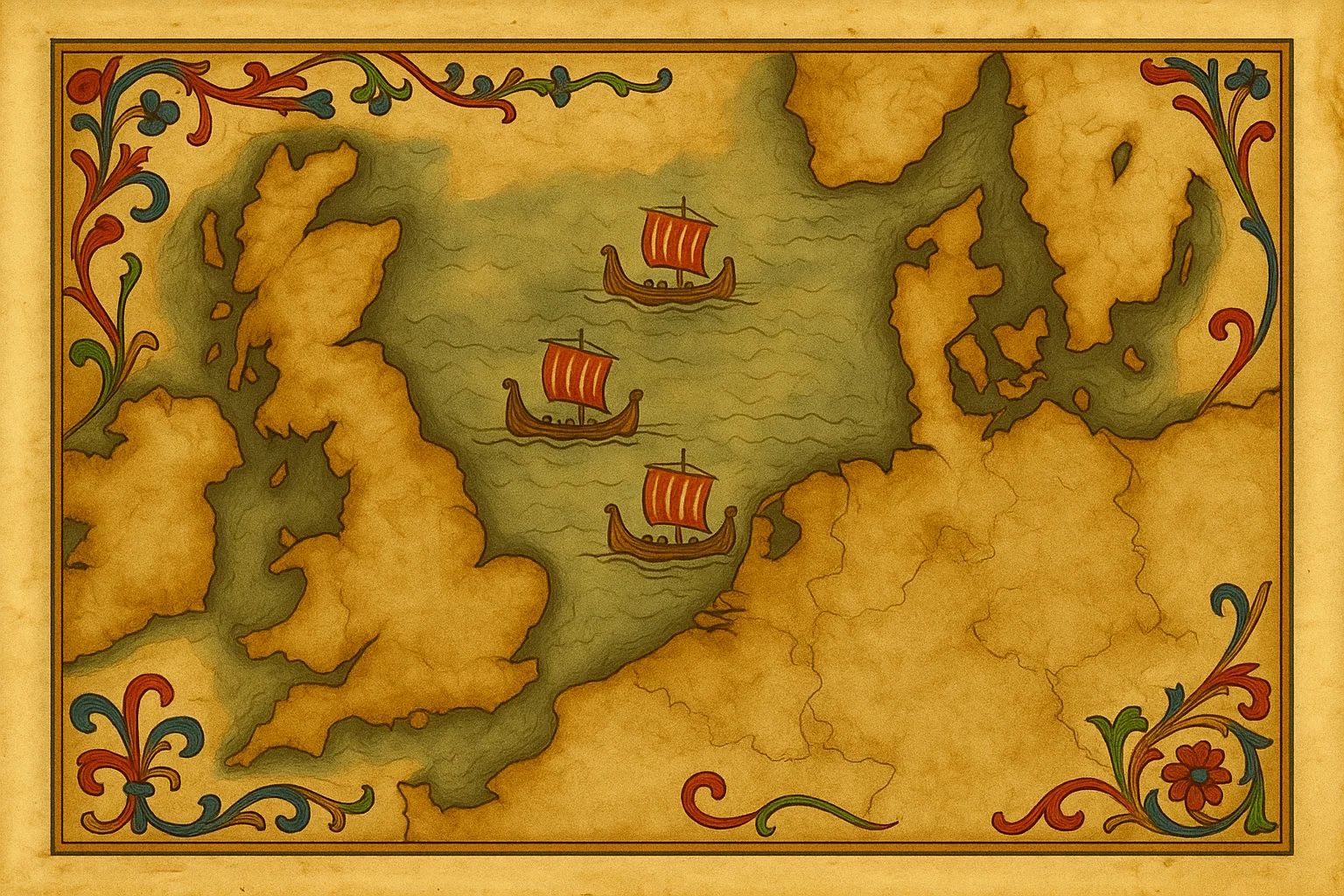
The Anglo-Frisian migrations of the 5th and 6th centuries represent one of the most significant population movements in early medieval Europe. These seafaring Germanic peoples, sharing closely related languages and cultural traditions, crossed the treacherous North Sea waters to establish new settlements that would fundamentally reshape the political and cultural landscape of Britain.
Archaeological evidence reveals that the Angles, Saxons, Jutes, and Frisians maintained extensive maritime networks long before the traditional "Migration Period." Coastal communities from modern-day Denmark, northern Germany, and the Netherlands had developed sophisticated boat-building techniques and navigational knowledge that enabled regular contact across the North Sea. When changing climate conditions, population pressures, and political instability created incentives for migration, these peoples possessed both the technology and cultural connections necessary for large-scale settlement in Britain.
The migration was not a single event but rather a complex process spanning nearly two centuries. Some Anglo-Saxon groups arrived as invited mercenaries to assist Romano-British rulers against various external threats, while others came as traders who gradually established permanent settlements. Still others arrived as conquest groups, displacing or integrating with existing populations. This diversity of migration patterns helps explain the rich regional variations in early Anglo-Saxon culture and the persistence of strong connections between England and the continental homelands throughout the early medieval period.
Crucially, the end of large-scale migration did not mark the end of Anglo-Frisian connections. Cultural and material exchange continued for centuries through trade networks, missionary activities, scholarly correspondence, and political alliances. Archaeological evidence reveals ongoing contact between Anglo-Saxon England and Frisia well into the high medieval period, with shared artistic styles, legal traditions, and linguistic developments that demonstrate these peoples remained closely connected long after the initial settlement period. Understanding these enduring relationships is essential to appreciating the full scope of Anglo-Frisian heritage and its lasting influence on Northwestern European civilization.
Historical Timeline
1st-4th centuries CE
Early Germanic tribes including the Frisii and Angles mentioned in Roman sources. Frisii occupy coastal regions along the North Sea.
4th-5th centuries
Beginning of the Migration Period. Increased movement of peoples throughout Europe as Roman influence wanes.
5th-6th centuries
Anglo-Saxon migration to Britain. Angles, Saxons, and Jutes cross the North Sea and establish kingdoms in what would become England.
7th-8th centuries
Frisian Kingdom reaches its height under King Radbod. Trade networks expand across the North Sea connecting Frisia with Anglo-Saxon England and Scandinavia.
8th-9th centuries
Christianization of Frisia by missionaries from Anglo-Saxon England, including Willibrord and Boniface. Carolingian conquest of Frisia.
9th-11th centuries
Viking raids affect both Anglo-Saxon England and Frisia. Cultural and trade connections continue despite political changes.
Significant Figures & Events
King Friso (Legendary)
According to Frisian legends dating to the Middle Ages, Friso was a semi-mythical king who led his people from India to the northern coast of what is now the Netherlands in ancient times. The legends claim he was of noble Indian descent, possibly related to Alexander the Great, and established the Frisian people around 300 BCE. His story intertwines with those of the Anglo-Saxon founders Hengist and Horsa, who were said to be of Frisian origin before settling in Britain. In some versions, Hengist and Horsa were descendants of Friso's lineage, connecting the origin stories of both peoples. Medieval chronicles like the <em>Gesta Frisiorum</em> and <em>Tractatus Alvini</em> elaborate on these genealogical connections, establishing a shared mythological ancestry between the Angles, Saxons, and Frisians that reinforced their cultural and linguistic bonds.
Hengist and Horsa (5th century)
These legendary brothers were Germanic warriors who, according to the Venerable Bede and the Anglo-Saxon Chronicle, led the Anglo-Saxon invasion of Britain in the 5th century. Tradition holds that they were of Frisian or Jutish origin before settling in Kent. Invited by the British king Vortigern to help fight against the Picts, they eventually turned against their hosts and established their own kingdom. Their story represents the crucial historical connection between the Frisian and Anglo-Saxon peoples, highlighting how closely intertwined these cultures were during the Migration Period. Horsa was said to have died in battle around 455 CE, while Hengist established a dynasty that ruled Kent until the 8th century.
King Radbod of Frisia
Radbod (reigned c. 680-719) was a Frisian king who resisted Frankish expansion and defended traditional Frisian religion against Christian missionaries. According to legend, he refused baptism at the last moment upon learning that his ancestors would not be in heaven. Under his rule, the Frisian Kingdom reached its greatest extent, controlling territories that stretched from what is now the Netherlands to Denmark.
St. Willibrord
Willibrord (c. 658-739) was an Anglo-Saxon missionary known as the "Apostle to the Frisians." Born in Northumbria and educated at Ripon and in Ireland, he led a mission to Frisia in 690, establishing his episcopal see at Utrecht. His mission represents one of the important Anglo-Frisian cultural connections of the early medieval period, bringing elements of Anglo-Saxon Christianity to the continent.
St. Boniface
Boniface (c. 675-754) was an Anglo-Saxon missionary born in Wessex who became known as the "Apostle of the Germans." Following in Willibrord's footsteps, he preached in Frisia and was martyred near Dokkum while preparing to confirm a group of Frisian converts. His death highlights the tensions between Christian missionaries and local populations during this period of religious transformation in Northern Europe.
Battle of the Boorne (734)
This decisive battle was fought on the banks of the Boorne river between Frisian forces led by King Poppo and Frankish troops under Charles Martel. The Frankish victory marked the end of Frisian independence in the western parts of their territory and accelerated the process of Christianization. The battle represents a key moment in the incorporation of Frisia into the expanding Frankish realm.
Alcuin of York
Alcuin (c. 735-804) was a scholar, ecclesiastic, and poet born in Northumbria who became a key figure in the Carolingian Renaissance. Though primarily active in the Frankish court of Charlemagne, Alcuin maintained connections with Frisia and wrote about the missions there. His career epitomizes the intellectual exchange between Anglo-Saxon England and the continent during this period.
Frisian Freedom
Following the collapse of Carolingian authority in the late 9th century, the Frisians developed a unique political system characterized by local autonomy and the absence of feudal lords. This period, known as "Frisian Freedom," lasted until the late Middle Ages and was marked by the development of distinct legal traditions and communal governance centered around local assemblies called "things."
Battle of Warns (1345)
On September 26, 1345, Frisian peasants decisively defeated an invading army of Holland knights at Warns. This victory temporarily preserved Frisian independence and is still commemorated annually as a key moment in Frisian history. The battle exemplifies the fierce defense of the "Frisian Freedom" against external attempts to impose feudal authority on the region.
Grutte Pier (Pier Gerlofs Donia)
Grutte Pier (1480-1520), meaning "Big Pier" in West Frisian, was a legendary Frisian freedom fighter and rebel leader. Standing reportedly over 7 feet tall, he led a guerrilla naval campaign against Habsburg rule, capturing numerous ships in the Zuiderzee. Though his rebellion ultimately failed, Pier became a folk hero symbolizing Frisian resistance against foreign domination and is remembered in Frisian cultural heritage to this day.
The Frisian Movement
Beginning in the 19th century, the Frisian Movement worked to preserve and promote Frisian language, culture, and historical awareness. Figures like Joost Hiddes Halbertsma helped document the Frisian language and traditions, while later activists established institutions to support Frisian cultural identity against the pressures of assimilation.
Featured Articles
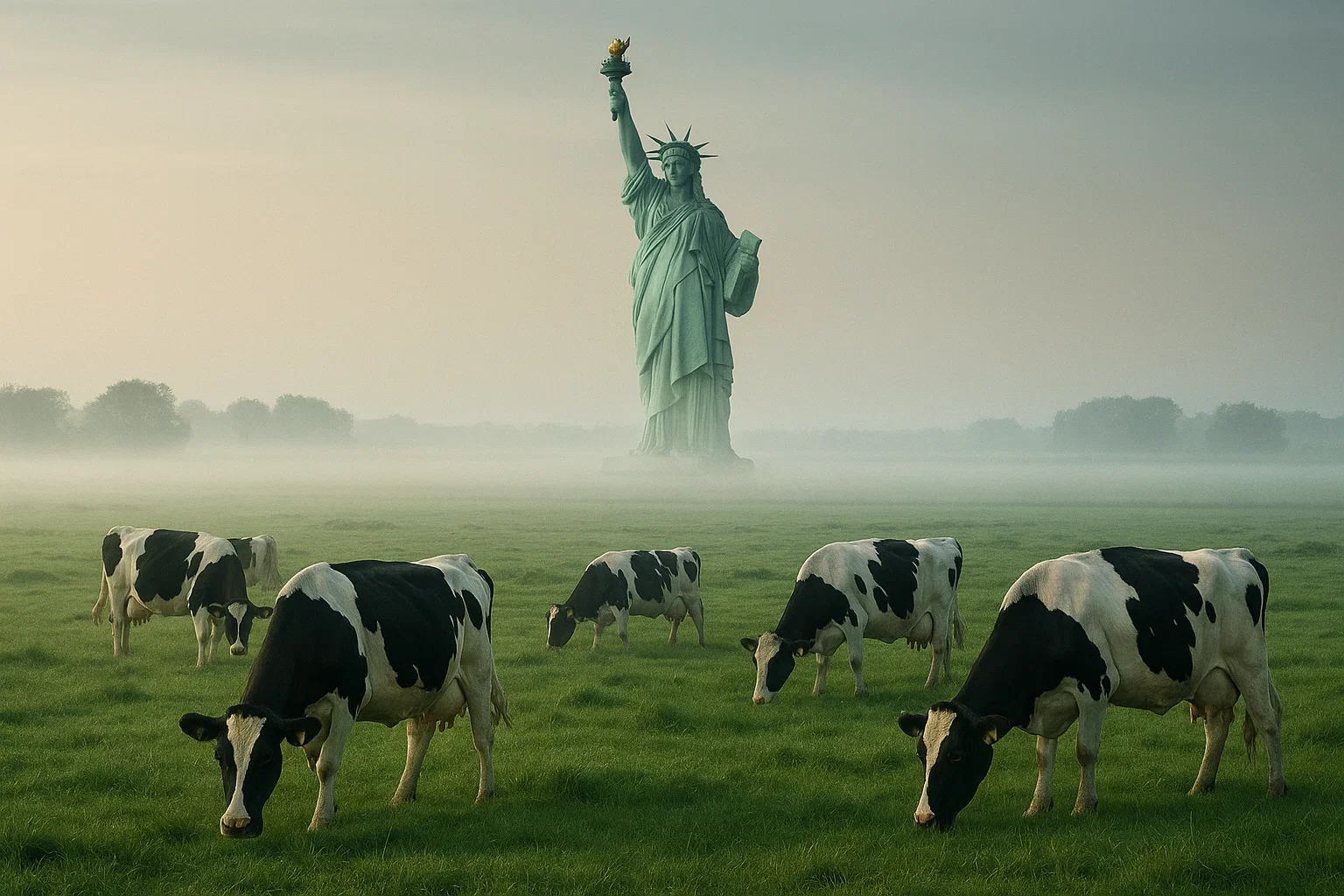
Frisian Freedom vs Anglo-Saxon Law
Compare the legal systems of early medieval Frisia and Anglo-Saxon England, exploring how these two branches of the Germanic family tree developed different approaches to justice, governance, and individual rights. From wergild compensation to assembly traditions, discover how Frisian Freedom differed from English royal law and how both systems influenced modern legal concepts.
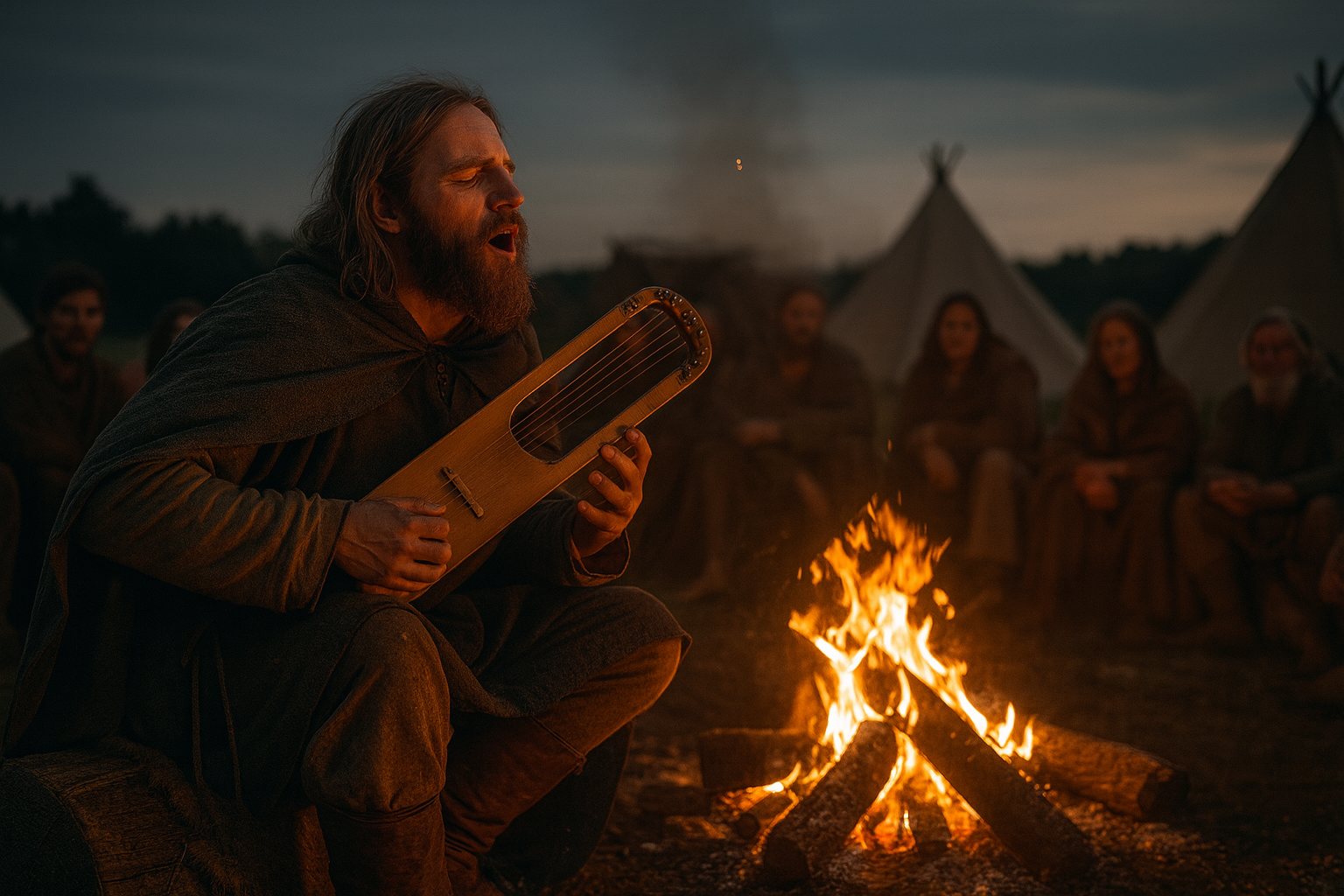
Anglo Frisian Music: Medieval Instruments & Scop Poetry
Archaeological evidence reveals Anglo Saxon music and Frisian musical traditions through medieval lyres, bone whistles, and Christian chant. Discover how modern scholars like Peter Pringle and Benjamin Bagby reconstruct ancient performances, bridging centuries through careful study of Beowulf, elegiac poetry, and surviving instruments from Sutton Hoo to Frisian terps.
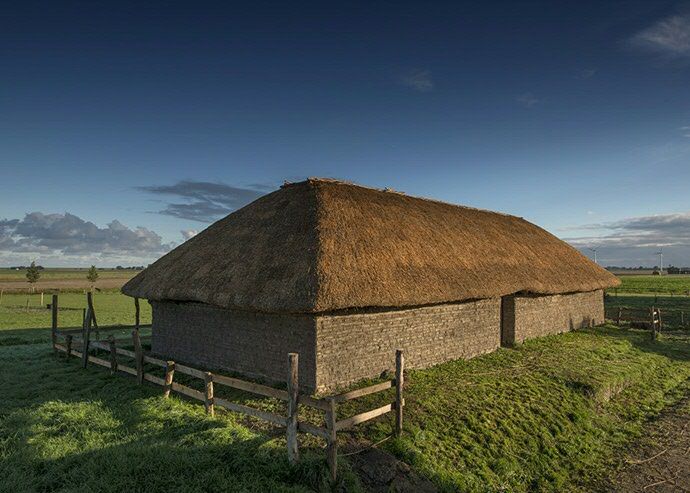
Frisian Longhouses
Explore the distinctive architecture of Frisian longhouses, the combined living and working spaces that sheltered both people and livestock through the harsh North Sea winters.
Read Article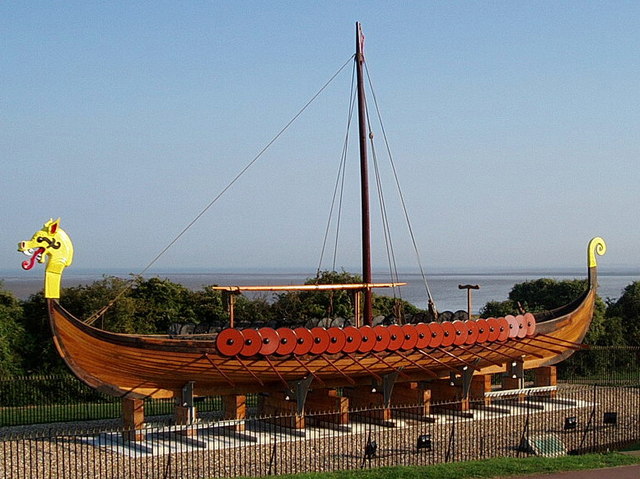
Migration Period Longboats
Discover the seafaring traditions of early medieval Germanic peoples and the wooden vessels that enabled migration, trade, and warfare across the North Sea.
Read ArticleTerps: Ancient Dwelling Mounds
How the Frisian people adapted to life in flood-prone coastal regions by building artificial dwelling mounds that became the foundations of their communities.
Read Article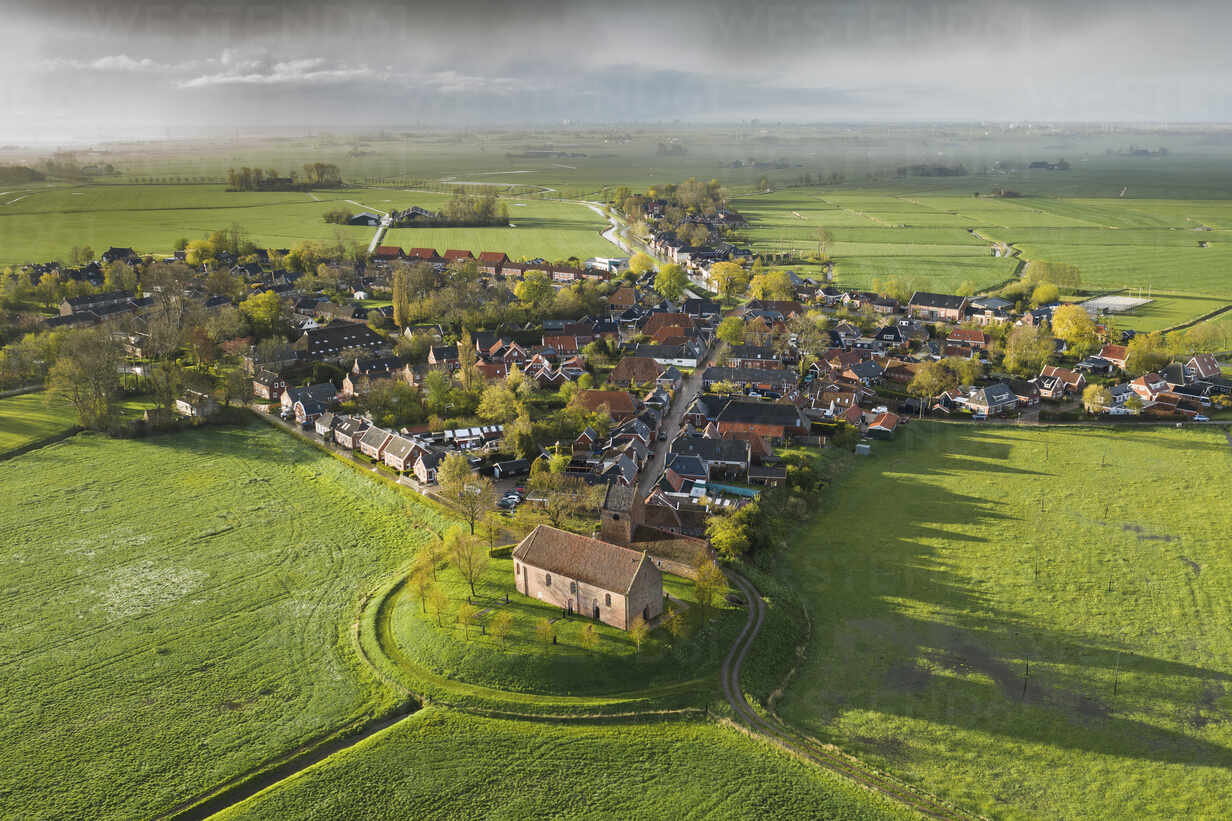
Anglo-Frisian Origins
Explore the intertwined histories of the Frisians and Anglo-Saxons, two branches of the same family tree whose shared linguistic and cultural roots shaped Northwestern Europe.
Read Article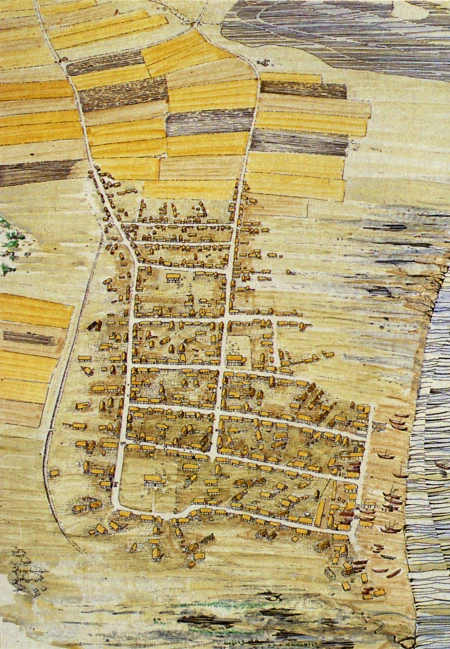
Early Medieval Trade
Discover the commercial networks that connected Anglo-Saxon England and Frisia, from sceatta coins to major trading centers like Dorestad and Hamwic.
Read Article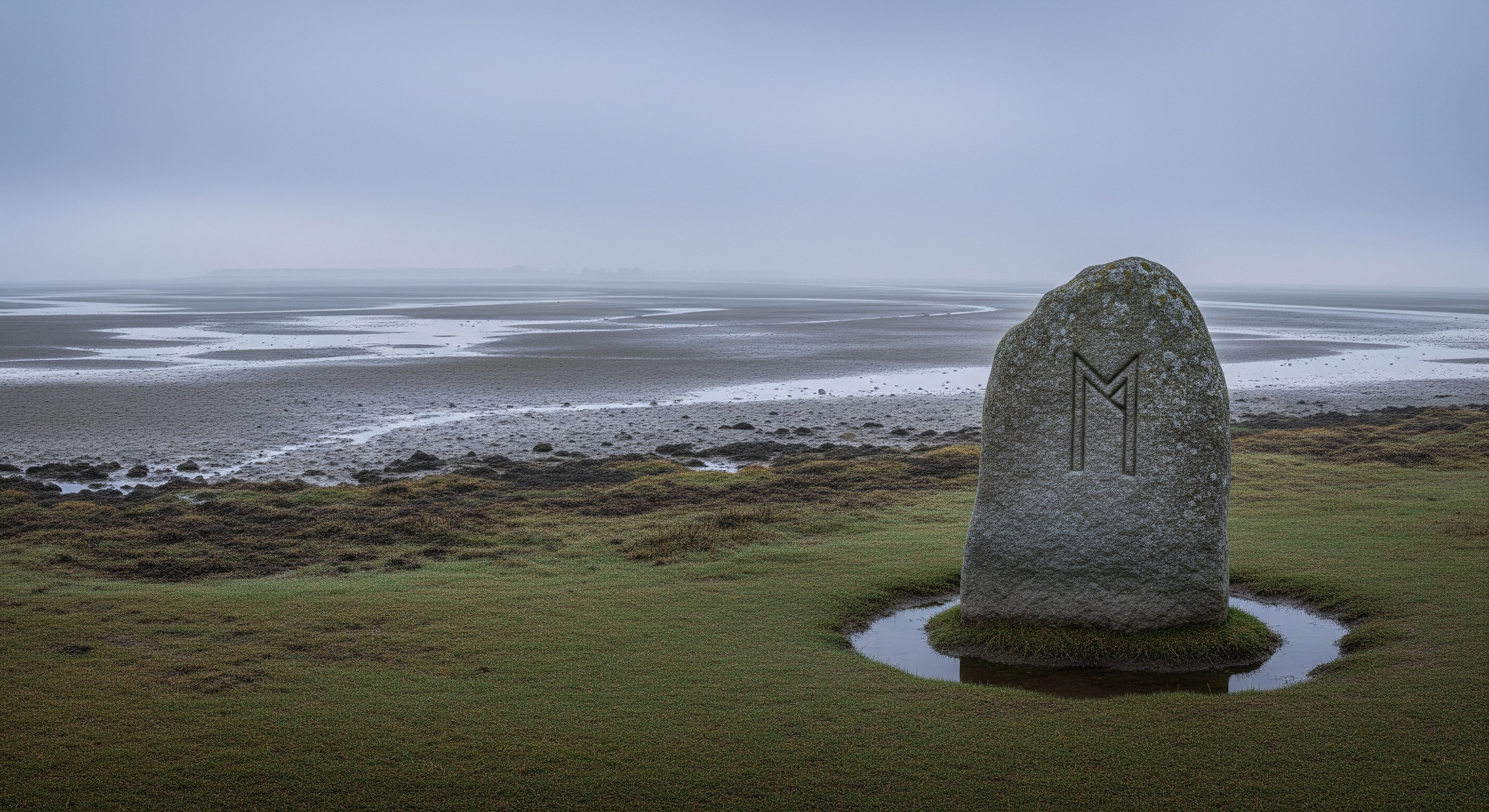
Anglo-Saxon & Frisian Runes
Explore the shared runic writing system used by both Anglo-Saxons and Frisians, from memorial stones to everyday objects that reveal their common heritage.
Read ArticleKey Tribes
Angles
Originally from Angeln in Schleswig (modern northern Germany/southern Denmark), the Angles gave their name to England ("Engla land" - land of the Angles). They primarily settled in East Anglia, Mercia, and Northumbria, establishing significant kingdoms that would shape early English history.
Saxons
Originating from northern Germany (modern Lower Saxony), the Saxons were a confederation of Germanic tribes. Those who migrated to Britain settled primarily in southern England, establishing kingdoms such as Essex (East Saxons), Sussex (South Saxons), and Wessex (West Saxons).
Jutes
Likely originating from Jutland (modern Denmark), the Jutes settled primarily in Kent, the Isle of Wight, and parts of Hampshire. Though fewer in number than the Angles and Saxons, they established the influential Kingdom of Kent, which was among the first to adopt Christianity.
Frisians
The Frisians inhabited the coastal regions along the North Sea from present-day Netherlands to Denmark. Though they did not migrate to Britain in large numbers like the Angles and Saxons, they maintained close cultural and trade connections with Anglo-Saxon England. The Frisian Kingdom was a significant power in the North Sea region during the 7th-8th centuries.
Frisian merchants were prominent in the North Sea trade networks, and their close linguistic relationship with the Anglo-Saxons facilitated commerce and cultural exchange.
Frisii
The Frisii were the ancient tribal group that inhabited the coastal regions of the Netherlands before and during the Roman period. They were mentioned by Roman writers including Tacitus and Pliny the Elder. The relationship between the ancient Frisii and the later medieval Frisians is complex, but there appears to be substantial cultural continuity in the region.
The Frisii were known for cattle raising, salt production from peat, and their skilled navigation of the treacherous North Sea coast. They had both cooperative and conflictual relationships with the Roman Empire.
Daily Life & Material Culture
Settlements
Terps (Artificial Dwelling Mounds)
In the low-lying coastal regions of Frisia, inhabitants built artificial dwelling mounds called terps to protect against flooding. These man-made hills could host single farmsteads or entire villages and represent remarkable early engineering achievements. Archaeological excavations of terps have yielded rich insights into Frisian daily life. Learn more about terps.
Anglo-Saxon Settlements
Anglo-Saxon settlements typically consisted of timber hall houses, smaller outbuildings, and sunken-featured buildings (Grubenhäuser). Villages were often organized around a central hall belonging to the local lord. Archaeological evidence from sites like West Stow in Suffolk provides valuable insights into Anglo-Saxon settlement patterns.
Economy & Trade
The Anglo-Frisian economy was based on:
- Agriculture - Cereal crops, particularly barley, rye, and wheat
- Animal Husbandry - Cattle, sheep, pigs, and horses
- Maritime Resources - Fishing and coastal resources
- Crafts - Textile production, pottery, metalworking
- Trade - North Sea trade networks connecting Britain, Frisia, Scandinavia, and the Frankish realms
Anglo-Frisian merchants traded in:
- Wool and textiles
- Metal goods
- Pottery
- Wine (imported)
- Glass vessels (imported)
- Luxury goods from distant lands
"Frisia non cantat" (Frisia does not sing)